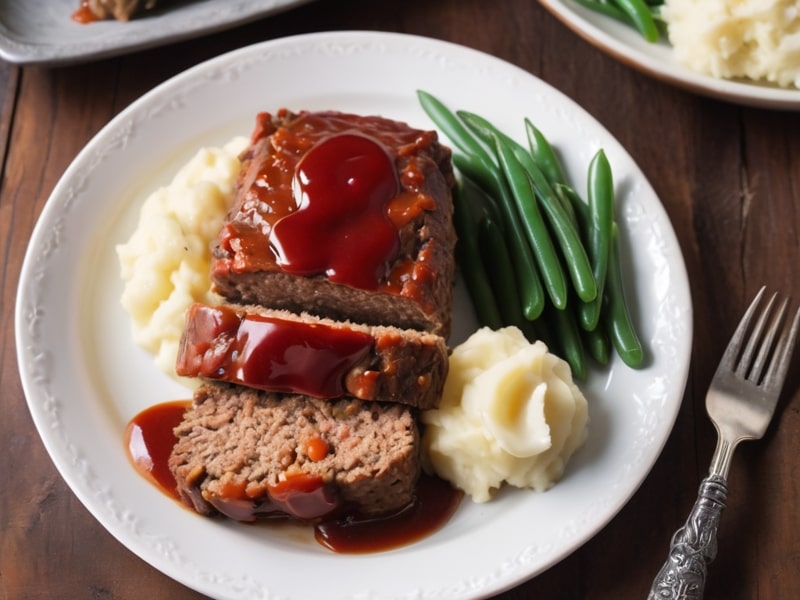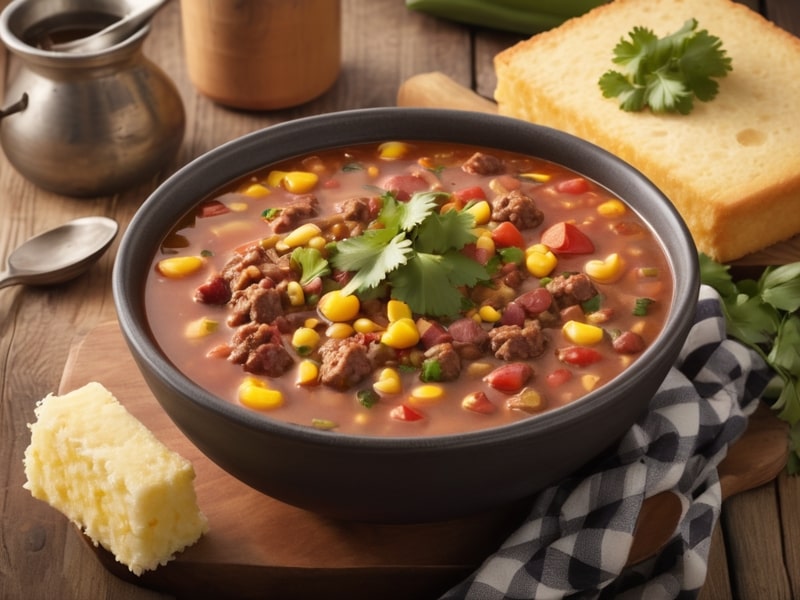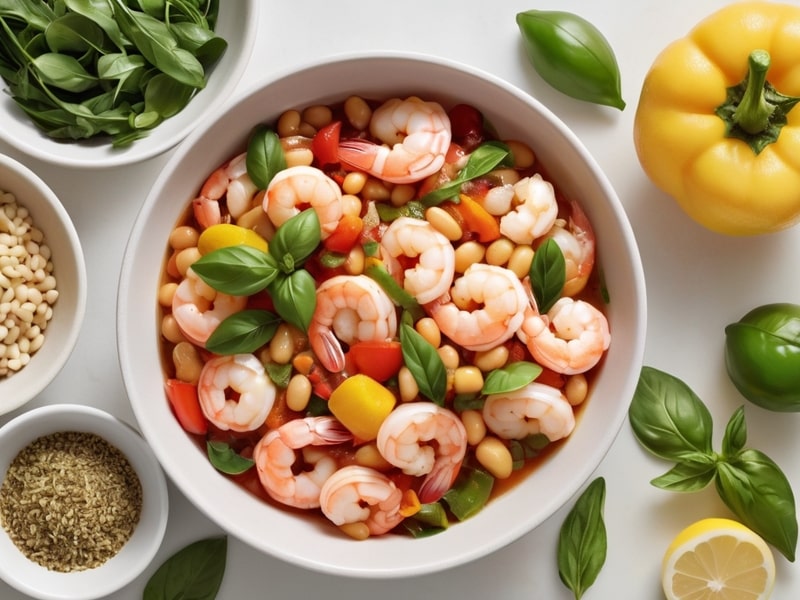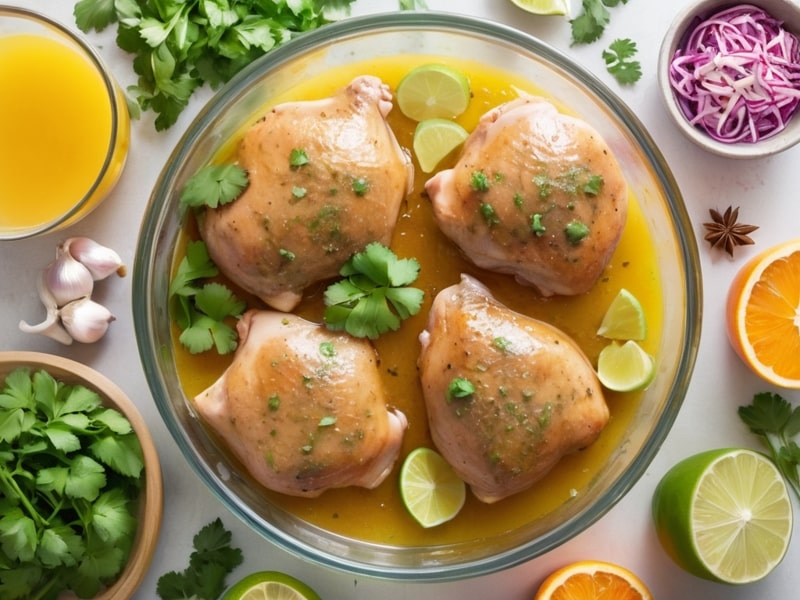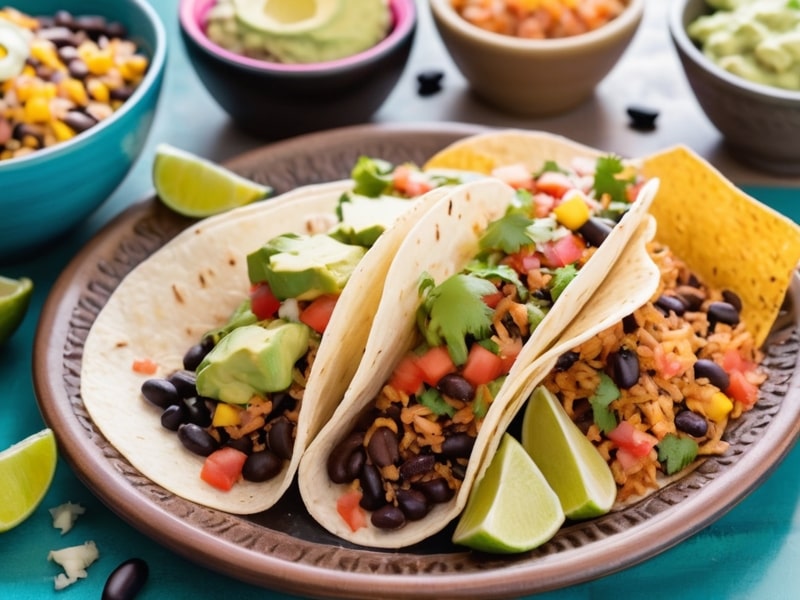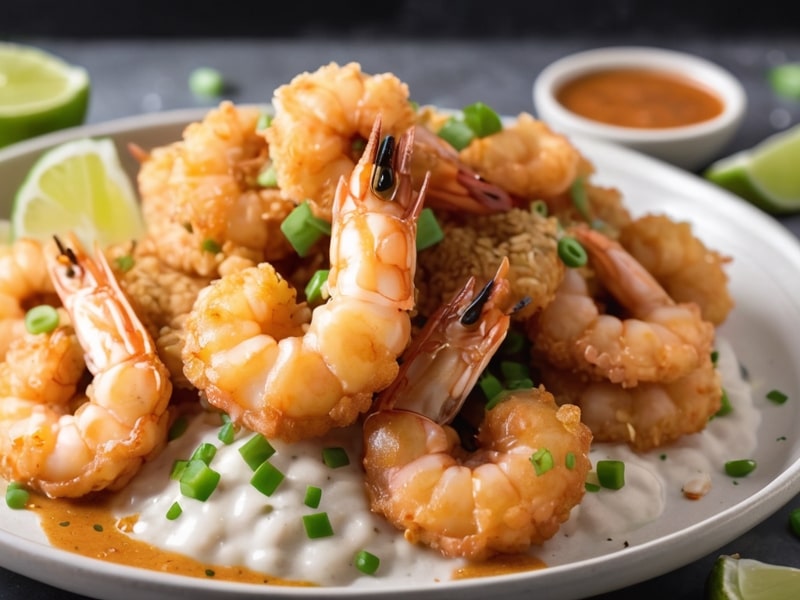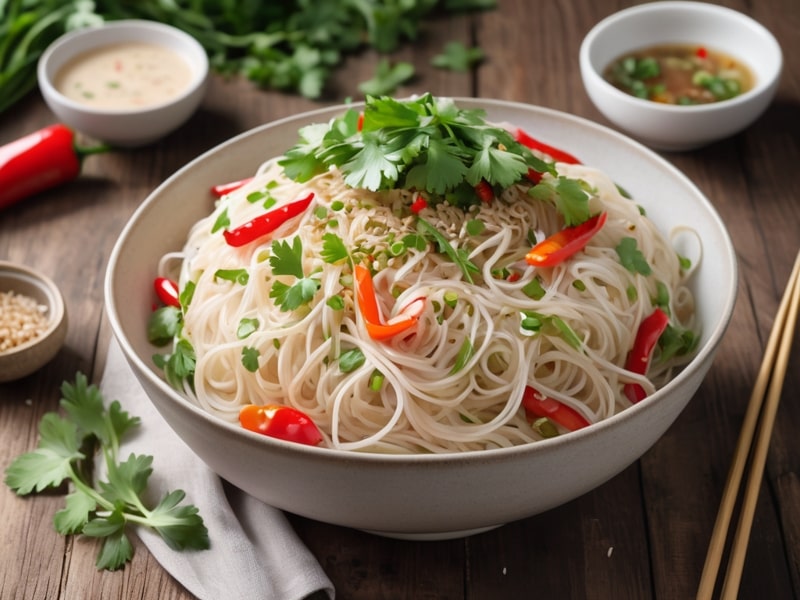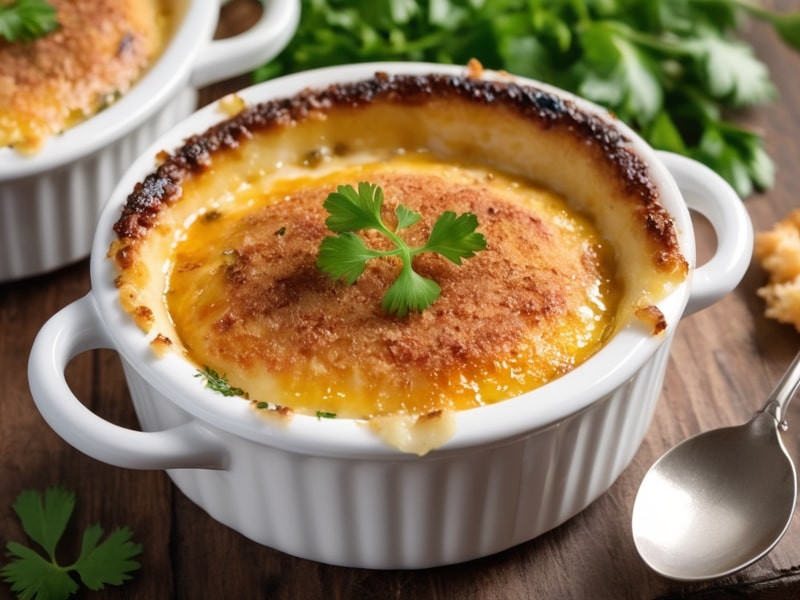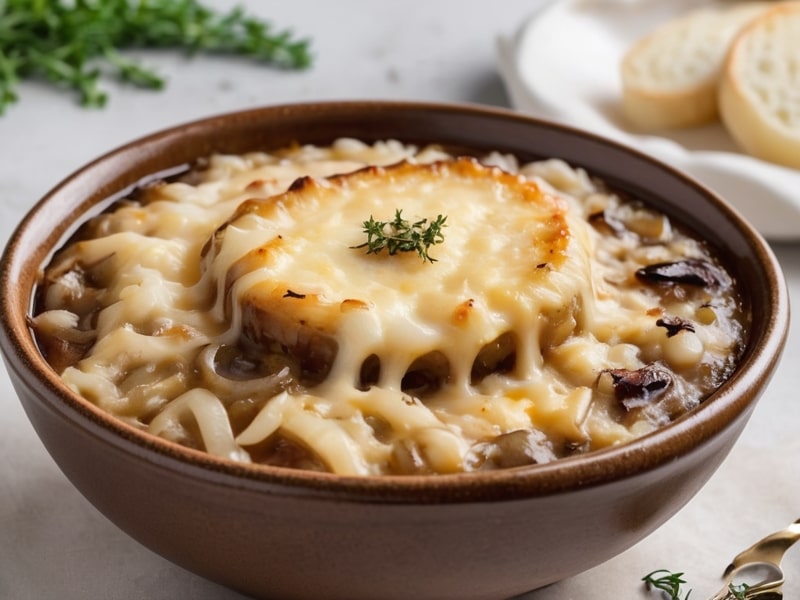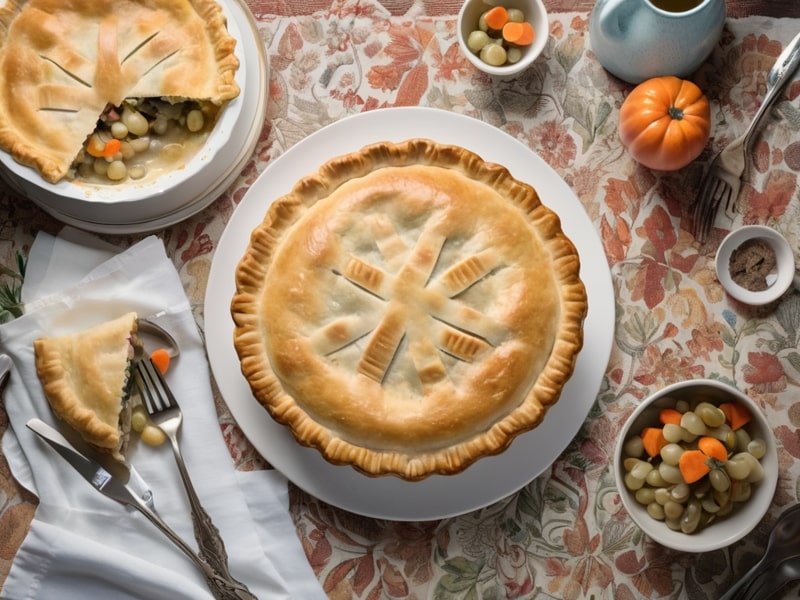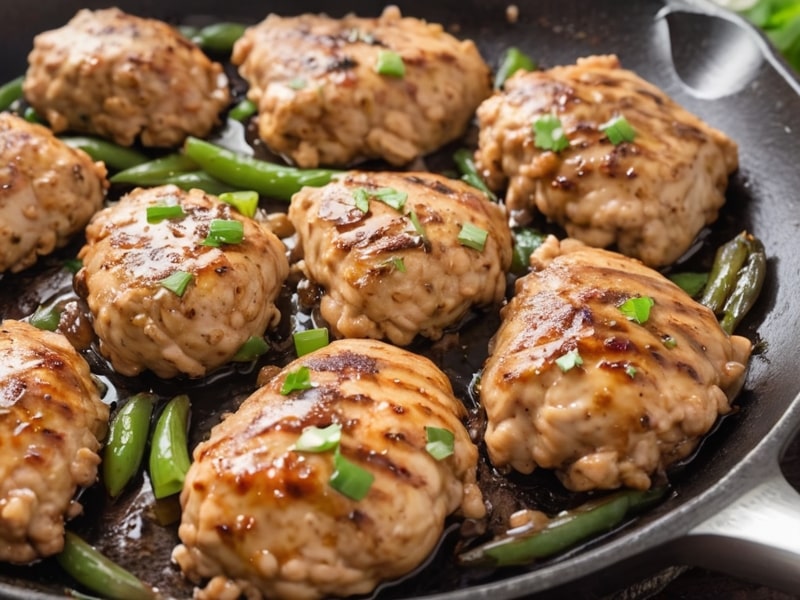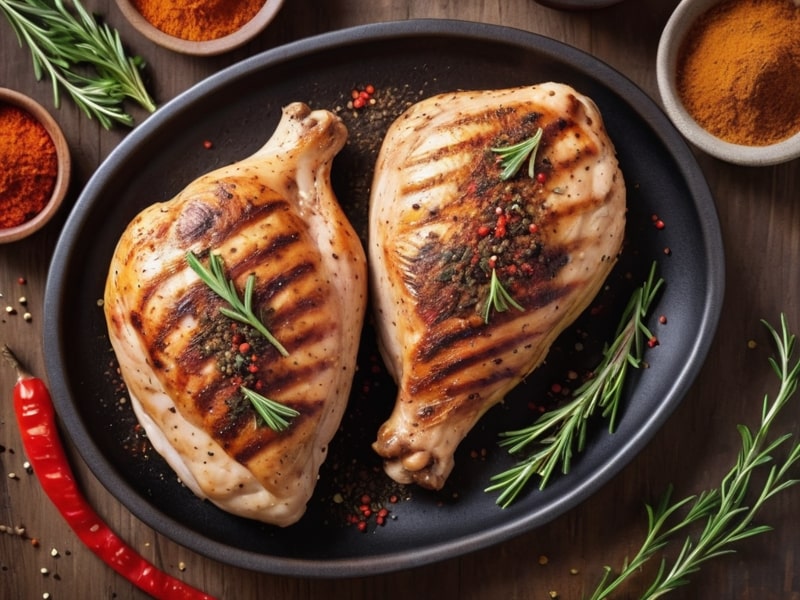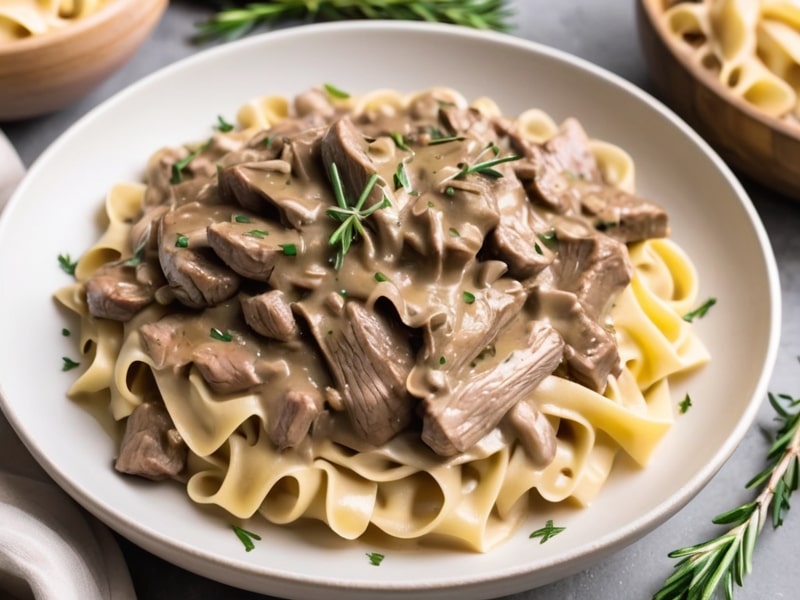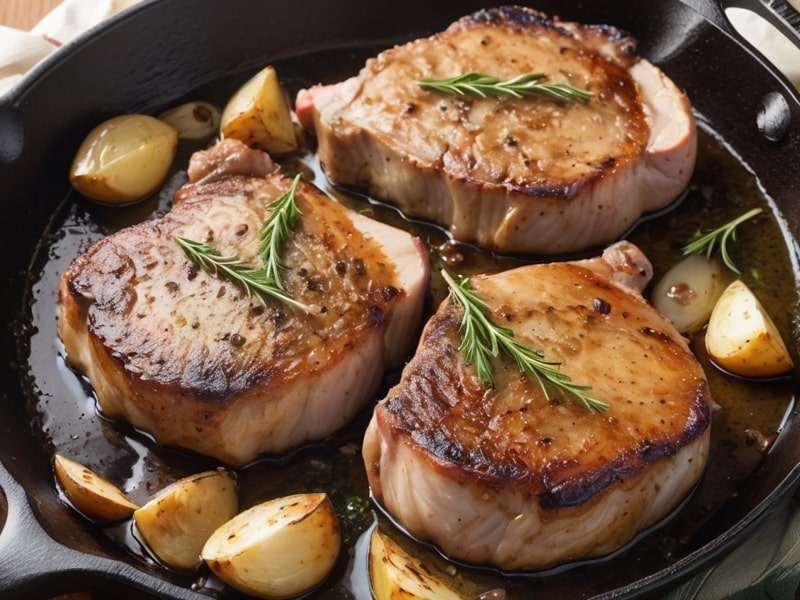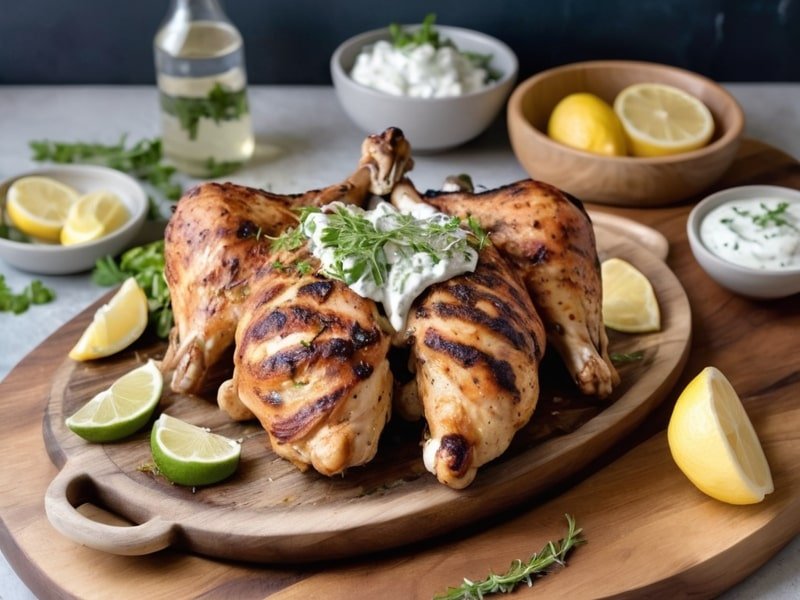Last updated on November 14th, 2024 at 06:36 am
Escarole and beans is a cherished Italian dish that combines the slightly bitter, crisp texture of escarole with the creamy richness of white beans. This rustic meal not only embodies the essence of comfort food but is also steeped in tradition and nutrition. Perfect for any season, escarole and beans offers warmth in the winter and a refreshing taste in the summer. In this detailed guide, we will explore the history, health benefits, variations, cooking techniques, and cultural significance of escarole and beans, along with an easy-to-follow recipe that will help you recreate this classic dish at home.
The History of Escarole and Beans
Originating from the southern regions of Italy, escarole and beans have deep roots in Italian-American cuisine. Historically, peasant families relied on locally sourced, inexpensive ingredients, turning to fresh vegetables and legumes to create nourishing meals. Escarole, a leafy green belonging to the chicory family, was commonly found in home gardens, while beans served as an affordable source of protein.
In many Italian households, this dish is more than just a meal; it symbolizes resilience and resourcefulness. Families would gather around the table to enjoy the hearty flavors, making it a staple in communal dining. As Italian immigrants settled in America, they brought this dish with them, making it a beloved part of Italian-American culture. Today, escarole and beans is celebrated for its comforting flavors and nourishing qualities, often featured in family gatherings and holiday feasts.
Nutritional Benefits of Escarole and Beans
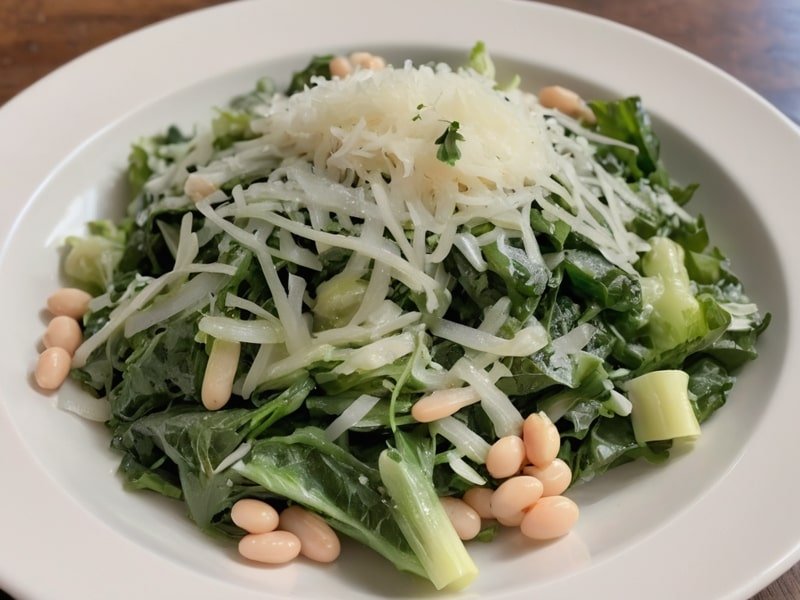
Escarole and beans is a dish that not only satisfies the palate but also provides numerous health benefits:
- Rich in Vitamins: Escarole is an excellent source of vitamins A, C, and K. Vitamin A supports vision and immune function, vitamin C aids in collagen production and boosts immunity, and vitamin K is essential for blood clotting and bone health.
- High in Dietary Fiber: White beans are loaded with dietary fiber, which promotes digestive health, helps maintain stable blood sugar levels, and reduces the risk of heart disease. A diet high in fiber is linked to improved satiety and weight management.
- Plant-Based Protein: This dish is a fantastic source of plant-based protein, making it ideal for vegetarians and vegans. Beans provide essential amino acids that are crucial for muscle repair, hormone production, and overall body function.
- Low-Calorie and Nutrient-Dense: With a low-calorie count, escarole and beans is an ideal option for those looking to maintain or lose weight. Its nutrient-dense profile means you can enjoy a satisfying meal without excess calories.
Ingredients
To create a delicious escarole and beans dish, gather the following ingredients:
- 1 large head of escarole (washed and roughly chopped)
- 2 cans of white beans (such as cannellini or Great Northern, rinsed and drained)
- 4 cloves of garlic (minced)
- 1 medium onion (chopped)
- 1 teaspoon red pepper flakes (adjust to taste)
- 4 cups vegetable broth (or chicken broth for added flavor)
- 3 tablespoons olive oil
- Salt and pepper (to taste)
- Parmesan cheese (for serving, optional)
- Fresh parsley (for garnish, optional)
Cooking Instructions
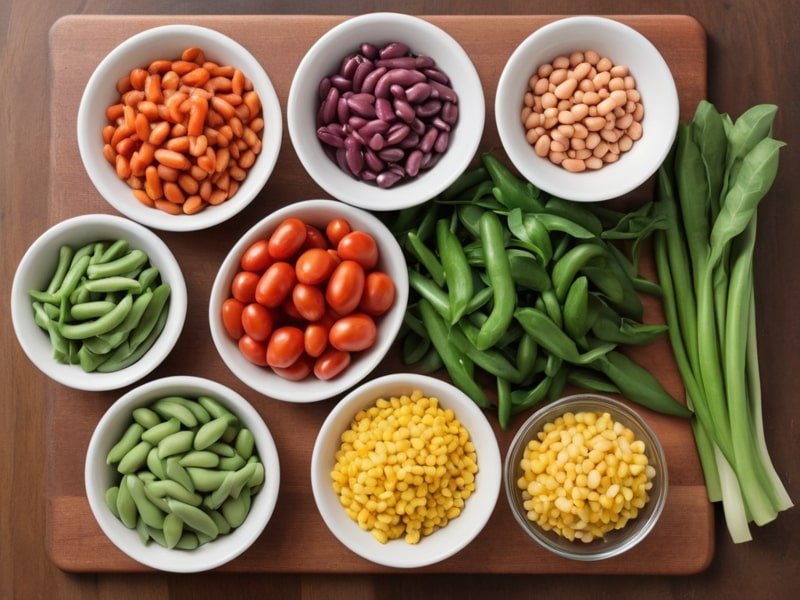
Follow these steps to prepare escarole and beans:
1. Sauté the Aromatics:
- In a large pot, heat the olive oil over medium heat. Add the chopped onion and sauté until translucent, about 5 minutes.
- Stir in the minced garlic and red pepper flakes, cooking for another minute until fragrant. This step is crucial, as it builds the flavor base for your dish.
2. Cook the Escarole:
- Add the chopped escarole to the pot, stirring until it wilts down. This should take about 3-5 minutes. The heat will soften the escarole, releasing its flavors.
3. Add the Beans and Broth:
- Pour in the vegetable broth and bring to a simmer. Once simmering, add the rinsed beans, salt, and pepper. Stir well and let cook for 15-20 minutes to allow the flavors to meld. This simmering step is key, as it allows the escarole and beans to absorb the broth’s flavors.
4. Adjust Seasoning:
- Taste the dish and adjust the seasoning if necessary. If you like a bit more heat, add more red pepper flakes.
5. Serve:
- Ladle the escarole and beans into bowls. Top with grated Parmesan cheese and freshly chopped parsley if desired. Enjoy warm with crusty bread for a complete meal.
For more inspiration, check out this popular Escarole and Beans recipe on AllRecipes.
Variations and Customizations
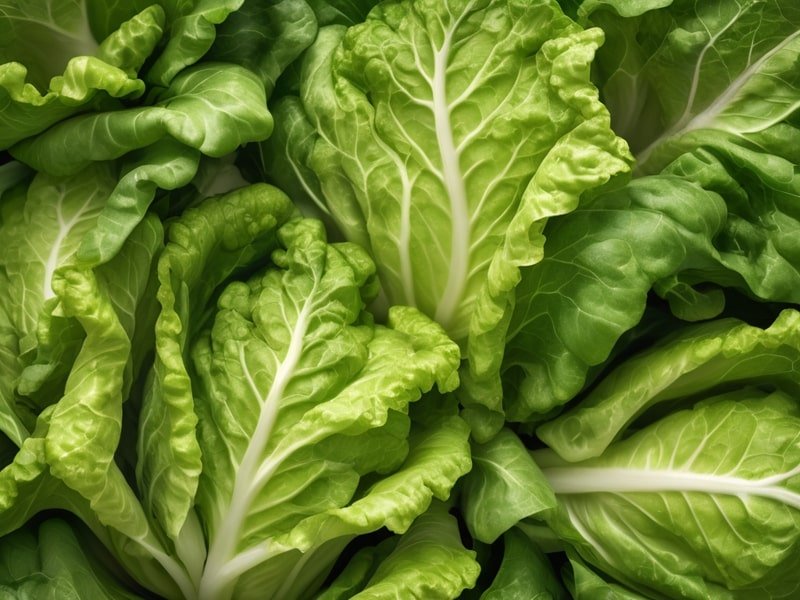
This dish is highly versatile, allowing you to tailor it to your preferences:
- Add Protein: For a heartier meal, consider adding cooked sausage, pancetta, or bacon. Simply sauté the meat with the onions for a flavor boost.
- Different Greens: While escarole is traditional, you can experiment with other greens like kale, Swiss chard, or spinach. Each green adds its unique flavor profile.
- Spices and Herbs: Feel free to incorporate additional spices or herbs like thyme, oregano, or bay leaves for extra depth of flavor. A splash of lemon juice can also brighten the dish.
- Vegetable Additions: Consider adding other vegetables like diced carrots, celery, or bell peppers for more texture and nutrition. You could even include tomatoes for a bit of acidity.
Cultural Significance
In Italian culture, food is not merely sustenance; it’s a way to connect with family and community. Escarole and beans often appears at family gatherings, holidays, and special occasions, symbolizing warmth and togetherness. The act of sharing a meal prepared from scratch embodies love and care, creating memories that last a lifetime.
Moreover, escarole and beans is a reflection of the “cucina povera” philosophy, which translates to “poor kitchen.” This cooking style emphasizes making the most out of available ingredients, minimizing waste, and creating hearty meals that nourish both body and soul. It highlights the beauty of simplicity in cooking.
Pairing Suggestions
Escarole and beans can be enjoyed on their own, but they also pairs wonderfully with various sides:
- Crusty Bread: A nice, crusty Italian bread or a baguette is perfect for soaking up the delicious broth.
- Salads: A simple green salad with a lemon vinaigrette can complement the dish nicely, adding freshness to your meal.
- Pasta: Serve it over a bed of pasta or alongside pasta dishes for a complete Italian feast. You can even mix in some cooked pasta for a heartier dish.
Storing and Reheating
If you find yourself with leftovers (which is common, given how hearty this dish is), here’s how to store and reheat them:
Storing
Allow the dish to cool completely before transferring it to an airtight container. It can be stored in the refrigerator for up to 3 days.
Reheating
To reheat, simply warm it on the stove over low heat, adding a splash of water or broth if it looks too thick. Alternatively, you can microwave individual portions until heated through.
If you’re interested in more creative ways to use leftovers in your cooking, you might also like this Leftover Pork Chop Tacos Recipe on our website!
Tips for Making the Best Escarole and Beans
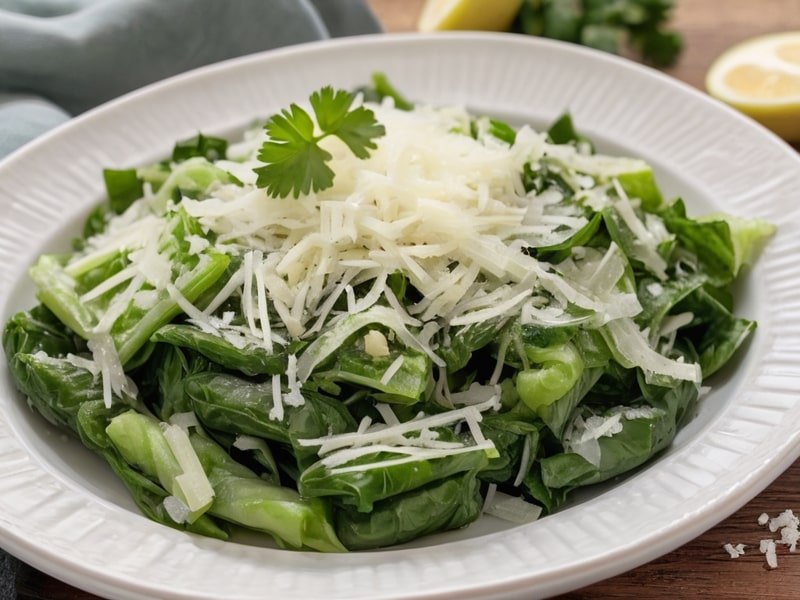
- Choose Fresh Ingredients: Opt for fresh escarole and high-quality beans for the best flavor and nutrition. Canned beans are convenient, but if you have the time, cooking dried beans from scratch can elevate your dish.
- Adjust to Your Taste: This recipe is highly customizable. Feel free to adjust the amount of garlic, spice level, or type of broth to suit your preferences.
- Experiment with Garnishes: Fresh herbs like basil or thyme can add an aromatic touch. A squeeze of fresh lemon juice before serving can enhance the flavors beautifully.
Conclusion
Escarole and beans is more than just a meal; it’s a celebration of simplicity, nutrition, and togetherness. This dish encapsulates the essence of Italian comfort food, providing warmth and nourishment. By following this detailed recipe and tips, you can create a dish that not only satisfies your taste buds but also brings a piece of Italian heritage to your table.
FAQs About Escarole and Beans
1. Can I use other greens instead of escarole?
Yes, you can substitute with kale, spinach, or Swiss chard, but the flavor will vary. Each green brings a distinct taste and texture.
2. Is this dish vegan
Yes, this recipe is completely vegan as long as you omit the cheese or use a vegan cheese alternative.
3. How long do leftovers last?
Stored in an airtight container in the fridge, leftovers will last for up to 3 days. It’s best to reheat gently to preserve the flavors.
4. Can I freeze escarole and beans?
Yes, it freezes well. Just ensure it’s cooled completely before placing it in freezer-safe containers. To reheat, thaw overnight in the refrigerator and warm on the stove.
5. What can I serve with escarole and beans?
This dish pairs well with crusty bread, a fresh salad, or over pasta. You could also serve it alongside grilled chicken or fish for a more substantial meal.

